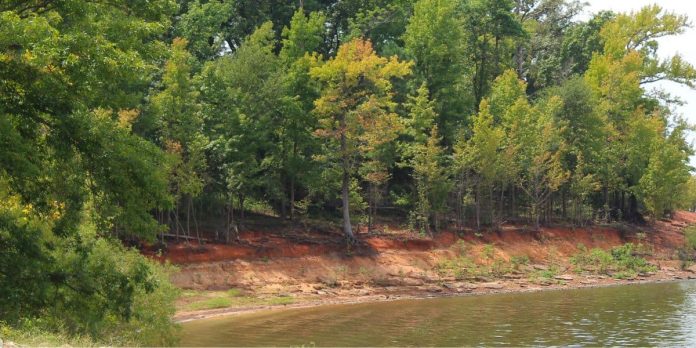Transitioning into a homesteading lifestyle looks different for everyone, but the goal for all is maximum self-sufficiency. Taking that leap can be quite overwhelming, especially if you have no prior experience in farming, agriculture, or livestock.
Planning Your Homestead
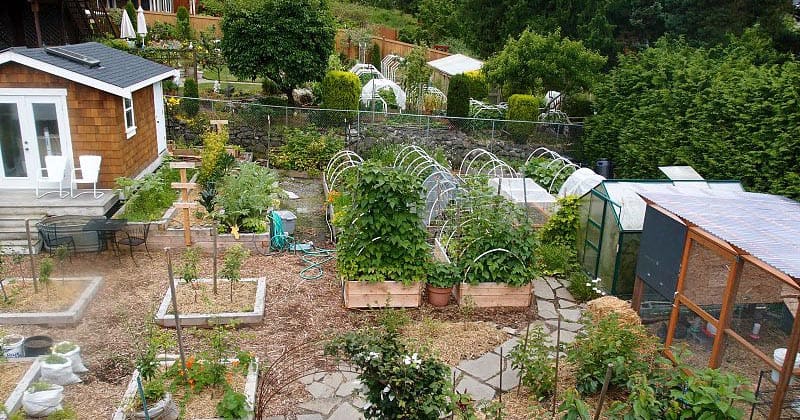
Before setting off on your homesteading journey, you need to have a plan. Homesteading without a plan can lead to some pretty gnarly consequences.
Research
That doesn’t mean homesteading is a bad idea. It just requires lots of research and in-depth planning.
You’ll need to look into types of homesteads, including common power-supply choices as well as plumbing and irrigation options. For example, will you be going off grid? If so, there’s a lot more planning involved.
Find blogs, videos, and tutorials online. Some content creators even host online courses or classes to teach others about homesteading. You’ll want to consume every last bit of content you can before starting your homestead.
You can also join Facebook groups and attend homesteading conventions as part of your ongoing learning.
If you’re new to homesteading, you’re on a steep learning curve, so you’ll want to conduct as much research as you can.
Mental Preparedness
People sometimes have a false assumption that homesteading is an easy way of life with lots of free time. While homesteading is a simple life, removed from the hustle and bustle of society, it’s anything but easy.
Understand what you’re getting into before you make the jump. If you’re used to daily cappuccinos and nights on the town, the leap to homesteading is a huge adjustment.
Being mentally prepared for the learning curve, the frustrations and disappointments, and the financial tides will help make your vision a reality.
Evaluating Your Finances
Many homesteaders relocating to a more remote location try to eliminate as much debt as possible. Learn to budget every dollar you can toward your homestead. There are also additional money matters that warrant consideration:
- How will you generate income off grid?
- How much will you save for emergencies?
- How will you obtain health insurance?
- What if things don’t go the way you plan?
In addition to basic finances, the demands of homesteading often require funds for maintaining a successful homestead:
- Projects
- Planting
- Feeding animals
- Equipment
- Repairs
Honestly evaluate your needs and compare them to your current financial health. It’s crucial to live within your means. The quickest way to destroy a homestead is to bury it in debt.
Most things in life, including projects on the homestead, often cost more than we anticipate. It’s a good idea to keep a comfortable cushion of at least $5,000 to cover unexpected expenses. Most financiers recommend having enough savings to pay six months’ worth of bills.
When my family moved, we had a “moving fund” posted on our refrigerator with the monetary goal we had in mind. Each month the numbers gradually grew. The visual reminder kept the dream at the forefront of our daily lives, and watching the fund grow month by month was both exciting and motivating.
Executing Your Homestead Plan
Many would-be homesteaders get bogged down in research and never progress to the next level. It’s important to set a productive schedule, especially if you’re still working a full-time job.
You should have a good idea of exactly how much time you can realistically devote to your new adventure and then actually use those hours doing something productive. If you’re not actively working towards your objective, your dream will never become a reality.
Finding Land
Finding land to meet your needs depends on many different factors.
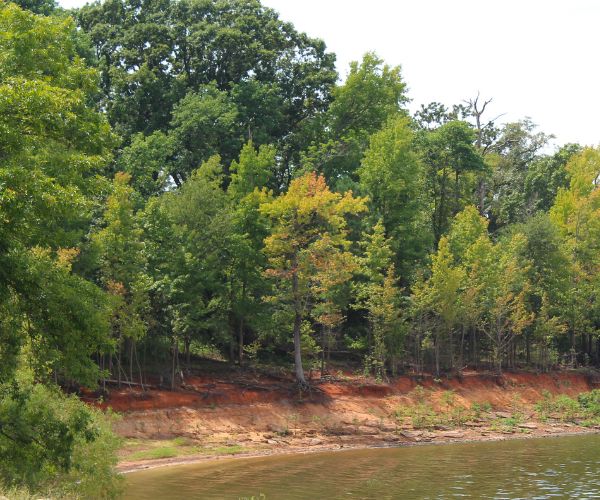
First, decide between raw or developed land. Raw land is much cheaper, but it’s much more labor-intensive. Realistically consider your age and health when making this decision. If you’re young and spry, tackling undeveloped land may be easier than if you’re approaching retirement years.
To conserve capital, some homesteaders opt to lease their land or rent-to-own. There are some advantages to both of these options:
- Less expenditure in the beginning
- Not responsible for property taxes
- Less commitment
Some people even opt for buying a community farm where multiple families share the burden and the rewards.
If you’re planning on livestock, know how many head you need and how much land is needed to sustain them.
Things to Know About Your Land
Know whether or not your land comes with mineral and water rights. Buying land in a place like Nevada without any water shares could be devastating to your future homestead. Know the zoning codes of your land and review any deed restrictions.
Read more about off-grid laws by state
Review the history of your prospective property. Ensure that it’s not prone to droughts, floods, or chemical runoffs. Ideally, you should have at least one natural water source. Ask the current owners about the condition and age of any private well or septic system.
Make sure you’ve done your due diligence when researching various city, county, and state ordinances. For example, if your homestead plan includes an off-grid rainwater harvesting system, make sure it’s legal for your desired location.
Many new homesteaders often overlook property taxes when purchasing their land. Outrageous property taxes can ruin your homestead. Understand that the more you improve your property, the higher your property taxes become, which means the more money you have to make.
Don’t forget to include these numbers in your financial calculations.
Logistics of Your Land
Consider the location of your desired dwelling. Decide whether you want it to be close and convenient to town for easy access to amenities:
- Stores
- Banks
- Medical facilities
- Gas stations
- Post office
If you’d rather live in the boonies, make sure you’re adequately prepared for common mishaps:
- Roadside emergencies
- No cell service or internet
- Encounters with snakes and wild animals
- Lack of services: trash, mail delivery, fire, and paramedics
How Much Land Do You Need
There are a lot of opinions on how much land you need to be self-sufficient, and the answers cover a wide range. But it really depends on what you want to do with your homestead.
There are plenty of small acreage options that are highly functional and affordable. On the other hand, if you’re looking to turn a profit from your land and labor, you might consider upsizing your acreage a bit, but don’t overdo it.
The more you do, the more room you need, especially once you gain traction in livestock. Cows, in particular, require about two acres per cow just for grazing, but one cow produces about 400 pounds of meat.
You can get by with less than an acre per head for smaller animals like sheep or goats. However, their meat production is substantially lower. Alternatively, you can house up to 80 chickens on one acre.
If your only focus is on gardening, a vegetarian family of four requires up to 4,000 square feet to sustain year-round. Conversely, a family on a carnivorous diet only needs about 800 square feet.
Read about how much to plant for a years food.
This is where your research and planning are crucial. You should have a solid idea of what you want to accomplish throughout your homesteading journey, so you’ll have plenty of room to grow into your dream.
My personal advice is to never buy more acreage than you can manage by yourself. I’ve seen homesteaders become widows, and their homesteads gradually wither away because maintaining them became too much.
Infrastructure
For some, homesteading means living off grid. Give thought to the type of infrastructure you would like to have or grow into.
A key decision is energy production and its costs. Where will your electricity come from?
Determine whether you want a private well and septic system or would rather have public water and sewer access. Figure out how you will heat and cool your home and what energy source you’ll use for cooking your meals.
An often overlooked area is phone service and off grid internet options. There are still many places across the country that don’t have either.
When considering property, be mindful of any structures that exist or need to be built. You may find a piece of land relatively cheap, but if you have to build shops, greenhouses, barns, or fencing, that’s money out of your pocket. Each new structure directly impacts both your working capital and property taxes.
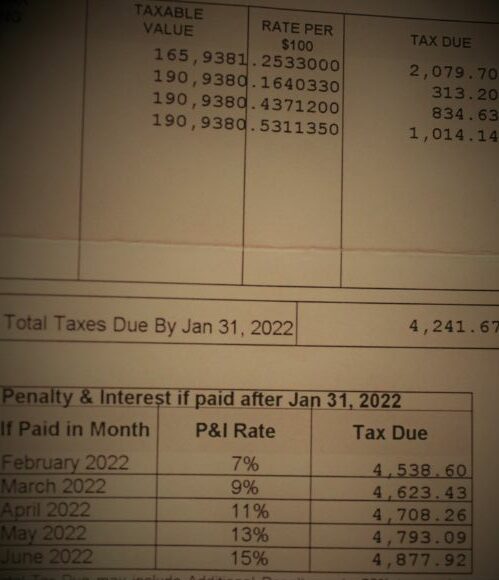
Transition Plan
While you’re searching for your new homestead, make a transition plan delineating how you will relocate from your current residence to your new home. Moving short distances doesn’t require as much, but if you’re trekking across the country to relocate, there’s a lot to consider:
- Jobs and schools (if applicable)
- Packing and moving
- Equipment requisition
- Changing banks
- Vehicle registration
- Homestead declaration
Managing Your Expectations
Transitioning to your new homestead is just the first step in your new adventure. Once you’re settled, begin setting goals to improve your home and begin your self-sufficiency lifestyle. It’s really easy to let the homesteading dream get the better of you.
New homesteaders often take on more than they can handle. Be realistic about what you can accomplish. With each new project, set realistic goals with benchmarks. Contemplate how long you think a project will take and then double that because nothing ever goes according to plan.
When selecting improvement projects, starting with smaller ones that you can accomplish in shorter periods of time has the following benefits:
- Generally less expensive
- Helps you visualize progress
- Gives you a sense of accomplishment
- Motivates you to keep going
People naturally overestimate what they can accomplish in the short term but underestimate what they can do over the long haul. Homesteading is a marathon, not a sprint.
Backup Plans
Homesteading is always about self-reliance first, but don’t forget Murphy’s First Law: Anything that can go wrong will go wrong.
What will you do when you’ve spent all summer investing time and money in your garden and have nothing to show for it at the end of the season?
It’s always a good idea to have a backup plan in place for when the tractor breaks, when the milk cow goes down, or when the drought destroys your crops.
Running Your Homestead
The great thing about homesteading is you can make it look any way you want. Most homesteaders start with a garden and some laying hens because they’re two of the quickest and easiest ways to produce your own food.

Many options exist for homesteaders. The larger your homestead, the more you can produce:
Just remember, the larger your homestead, the more work involved.
Learning Frugality
Homesteading and frugality go hand in glove. Exchanging your current lifestyle for a homesteading one usually requires a change in perspective.
A key financial component to homesteading is not what you make but what you spend. Homesteaders are comfortable living without many modern-day creature comforts and toys.
Learn to fix things instead of throwing them away. Save money by buying used or secondhand. Don’t finance anything unless you have to, and avoid it at all if you can help it.
Good stewardship and frugality stretch your dollars, which is always a plus in homesteading.
Learning New Skills
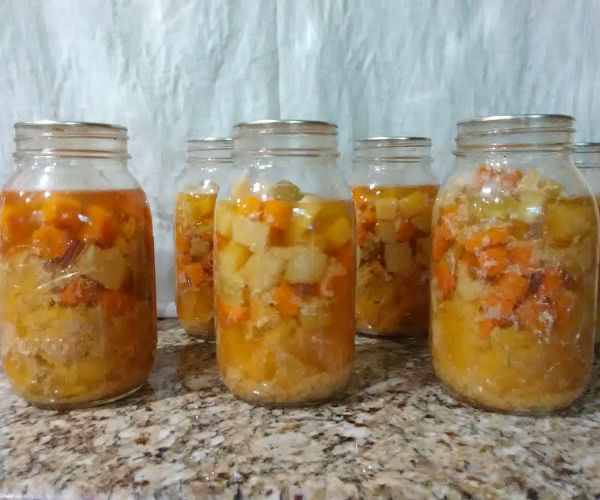
Homesteading requires learning many new skills:
- Animal care
- Building and repairing
- Food production and preservation
- Proper land management
- Irrigation and agricultural practices
The more you learn, the more productive and successful your homestead will be. Countless resources are available to learn how to do all these things. One of the best resources for building new homesteading skills is YouTube.
The key is to start small. If you’ve never gardened before, buy starter plants from your local nursery or farmers market instead of starting plants from seed. Once you’re comfortable gardening, transition into other things like composting, hydroponics, or microgreens.

Start with laying hens before raising meat chickens. Raise small animals before venturing into larger ones. Once you’ve got a handle on basic animal care, you can dabble in breeding or butchering.
Learning to Network
It’s impossible to do it all yourself. Get to know the people around you and in your community. Frequenting your local farmers market is a great way to find like-minded people. It’s also where you can find a lot of bartering and trading for goods, services, and labor. It’s the place where you can find the “guy that knows a guy.”
Many communities have co-ops for networking and community projects, which help you stay connected with what other people in your area are doing. Be willing to lend your neighbor a hand. It always comes back to you. There’s always a day on the homestead when you could really use an extra set of hands.
Homesteading is a forever-learning, never-ending story. Having adequate knowledge before taking the leap puts you ahead of the curve. Like most things in life, it’s one step forward and two steps back, but this time-tested advice can help lay a solid foundation for your liberating journey to self-sufficiency.

